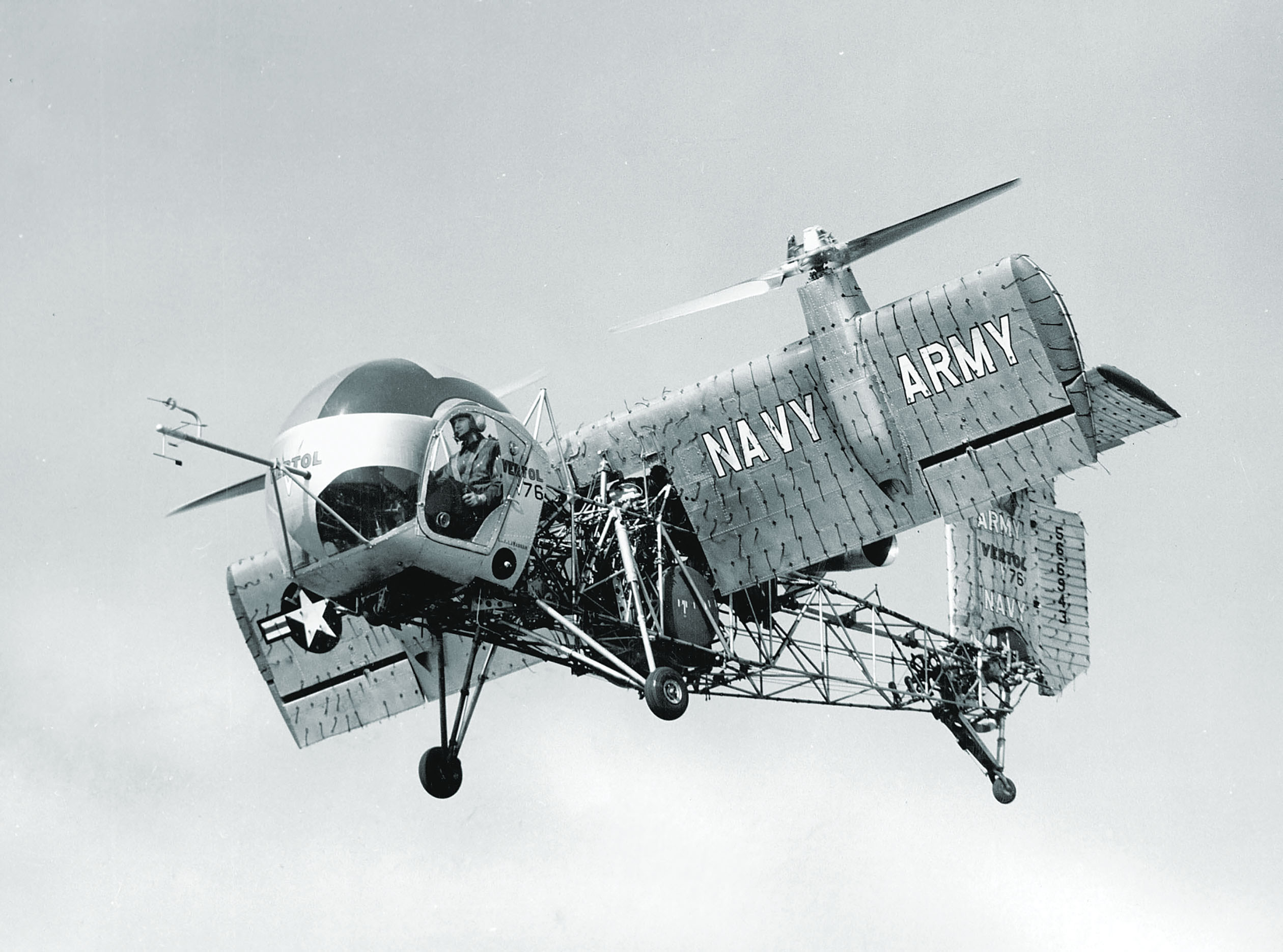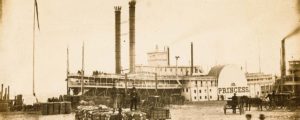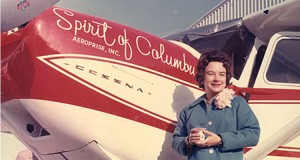Since the first controlled, sustained flight of a powered, heavier-than-air aircraft in 1903 and the first wartime use of aircraft for reconnaissance and bombing in 1911, military aviation has grown exponentially. With that rapid development has come a plethora of designs intended for an ever-expanding menu of roles. As the state of aircraft technology has advanced, so has the quest for greater size, speed, maneuverability, range, armament and load capacity.
The field of aircraft design continually reinvents itself to accommodate innovations in structure and engines. In the case of military aircraft, the fundamentals of flight must coexist with the need to incorporate cameras, bombs, guns and/or missiles. When the emphasis falls on the military task, aeronautical considerations are sometimes of secondary importance.
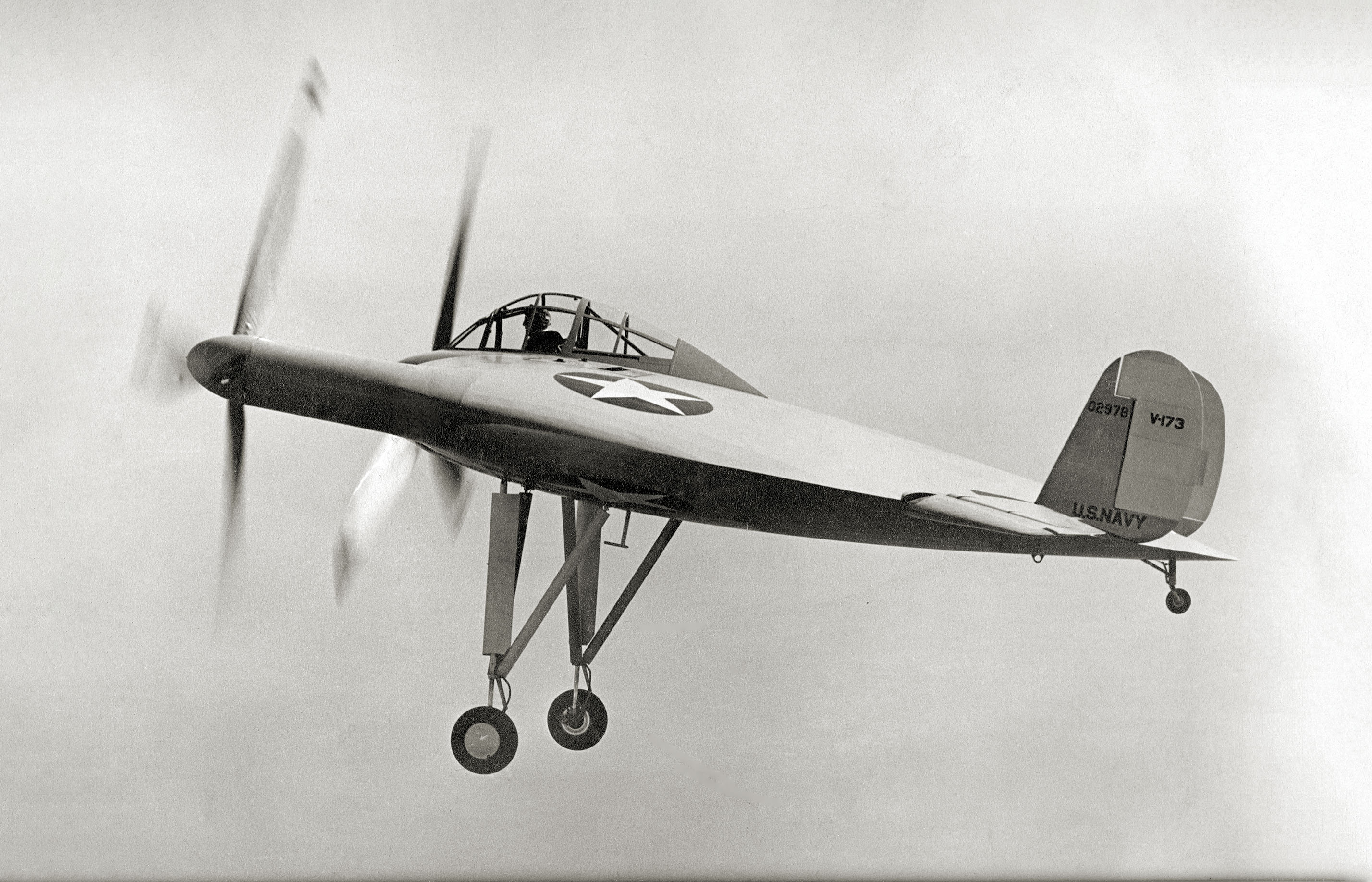
Designed by Charles M. Zimmerman and first flying on Nov. 23, 1942, Vought’s V-173 was the test bed for an intended Navy fighter, the XF5U-1, which was canceled in 1946. The original “Flying Flapjack” survives at the Frontiers of Flight Museum in Dallas, Texas. (Getty Images) (Getty Images) 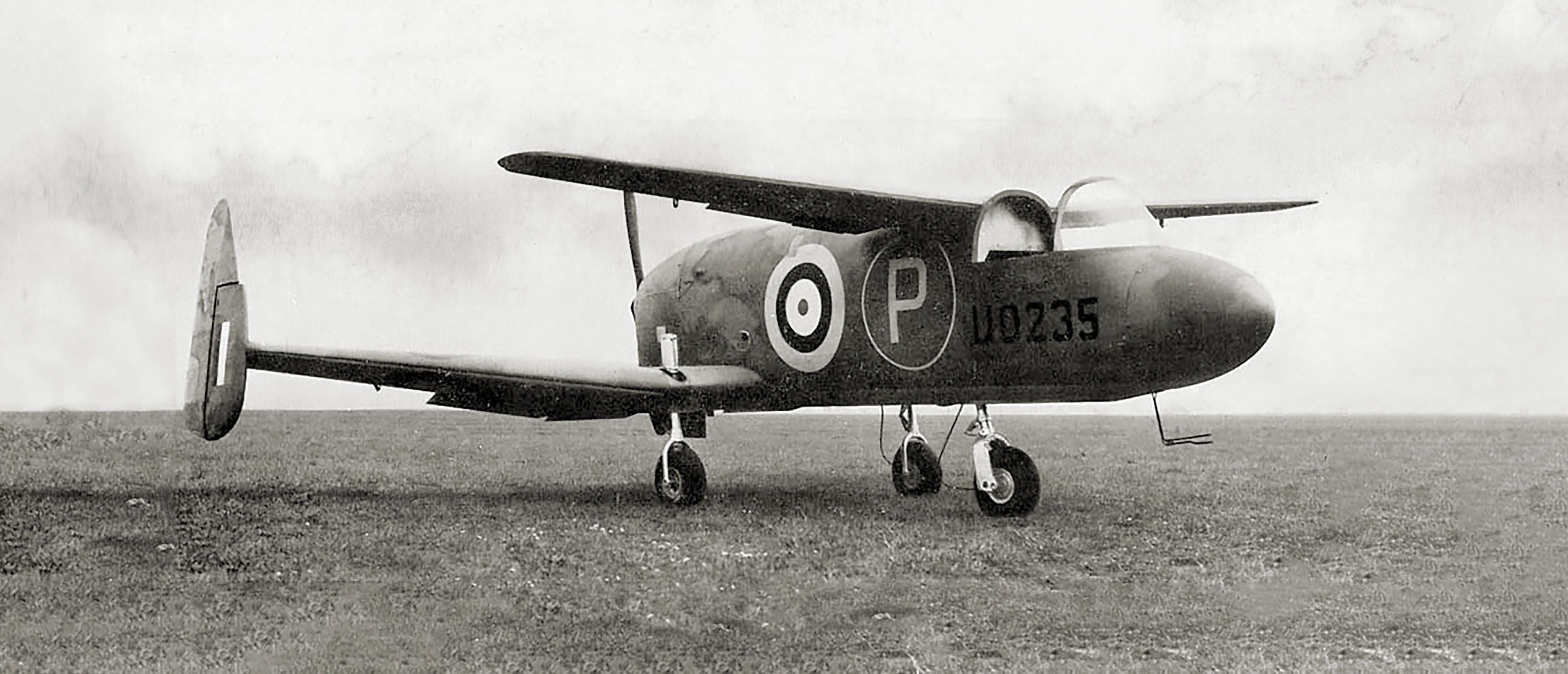
Conceived by George Miles in 1941, the Miles M.35 Libellula (a genus of dragon- flies) was intended to reduce aircraft carrier accidents with a tandem biplane arrangement, the pusher engine and pilot up front. The Royal Navy rejected it, and Miles was criticized by the Air Ministry for building and flying it without authorization. (Imperial War Museums) (Imperial War Museums) 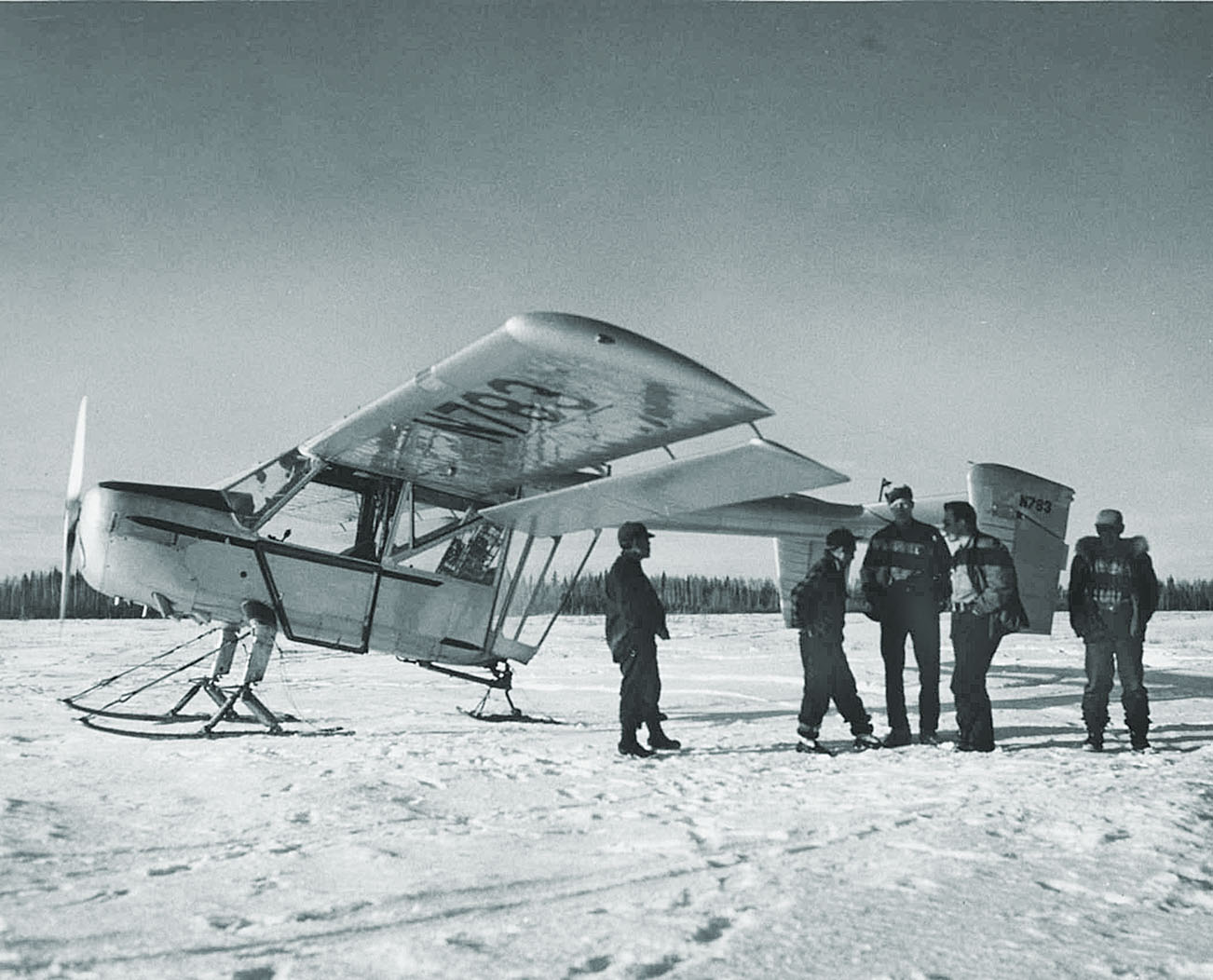
The last Stearman design completed by Boeing, the YL-15 Scout first flew in July 1947 to fulfill an Army requirement for a light observation/liaison plane. Although its high-set tail boom gave its crew unlimited downward visibility, only 12 were built before it was rejected in favor of the less expensive Cessna L-19 Bird Dog. (U.S. Fish and Wildlife Service) (U.S. Fish and Wildlife Service) 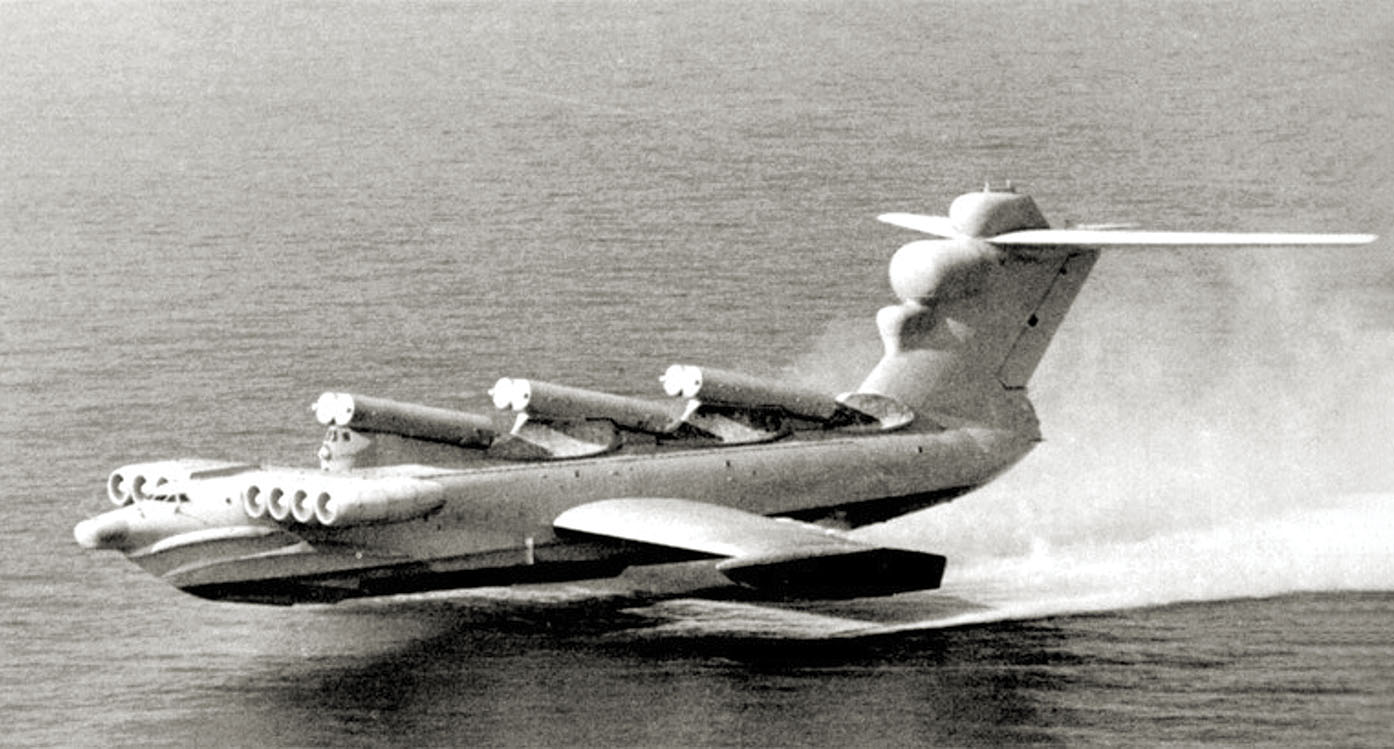
The culmination of Soviet experiments, the 380-ton Lun was classed as an ekranoplan—a ground-effect vehicle most at home up to 16 feet in the air, its eight turbofan engines hurtling it along at 340 mph. It entered service in 1987 but the collapse of the Soviet Union led to the project’s abandonment in the 1990s. That said, Russia, China, Singapore and the United States are all looking into civil applications of the ekranoplan’s ground-effect concept. (Ministry of Defense of the Russian Federation) (Ministry of Defense of the Russian Federation) 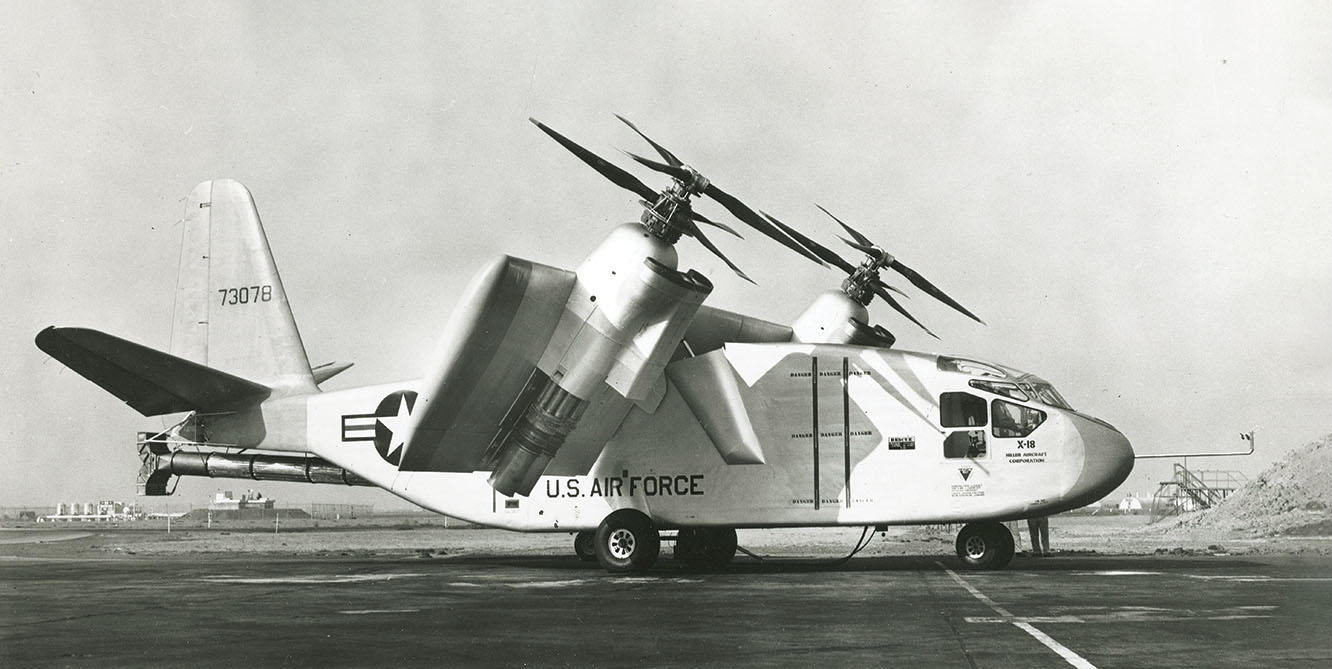
The Hiller X-18 Propelloplane was another attempt at a tilt-wing VTOL cargo plane. Conceived in 1955, it first flew in 1959, but propeller pitch problems resulting in near-disaster led to its grounding in 1961. (U.S. Air Force) (U.S. Air Force) 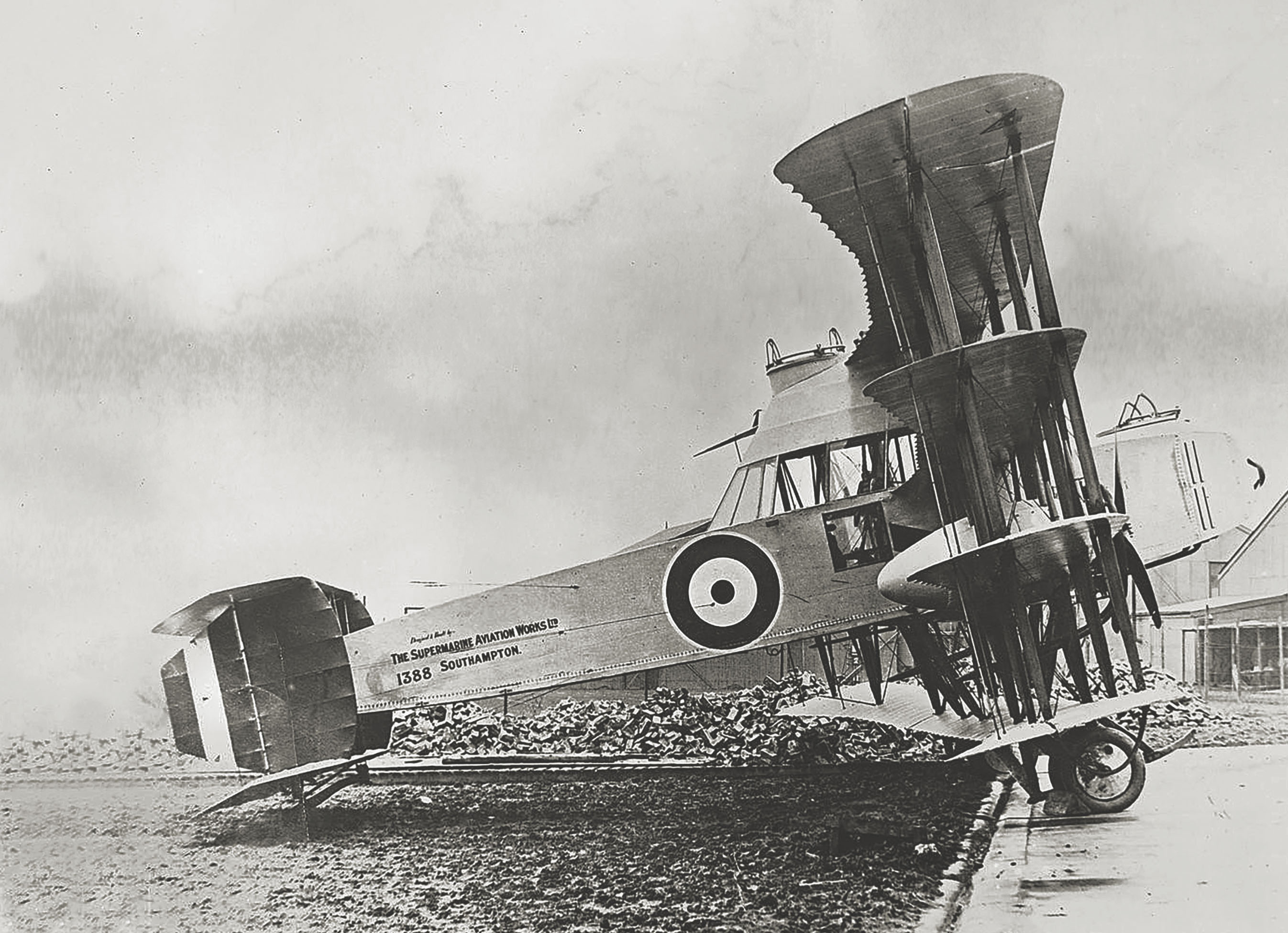
The first airplane built by Supermarine, in 1917, the P.B.31E Nighthawk was a quadruplane conceived by Noel Pemberton Billing to intercept zeppelins. It boasted remarkable technical advances, including the first auxiliary motor in an airplane, but its agonizing climb rate resulted in its rejection. (Imperial War Museums) (Imperial War Museums) 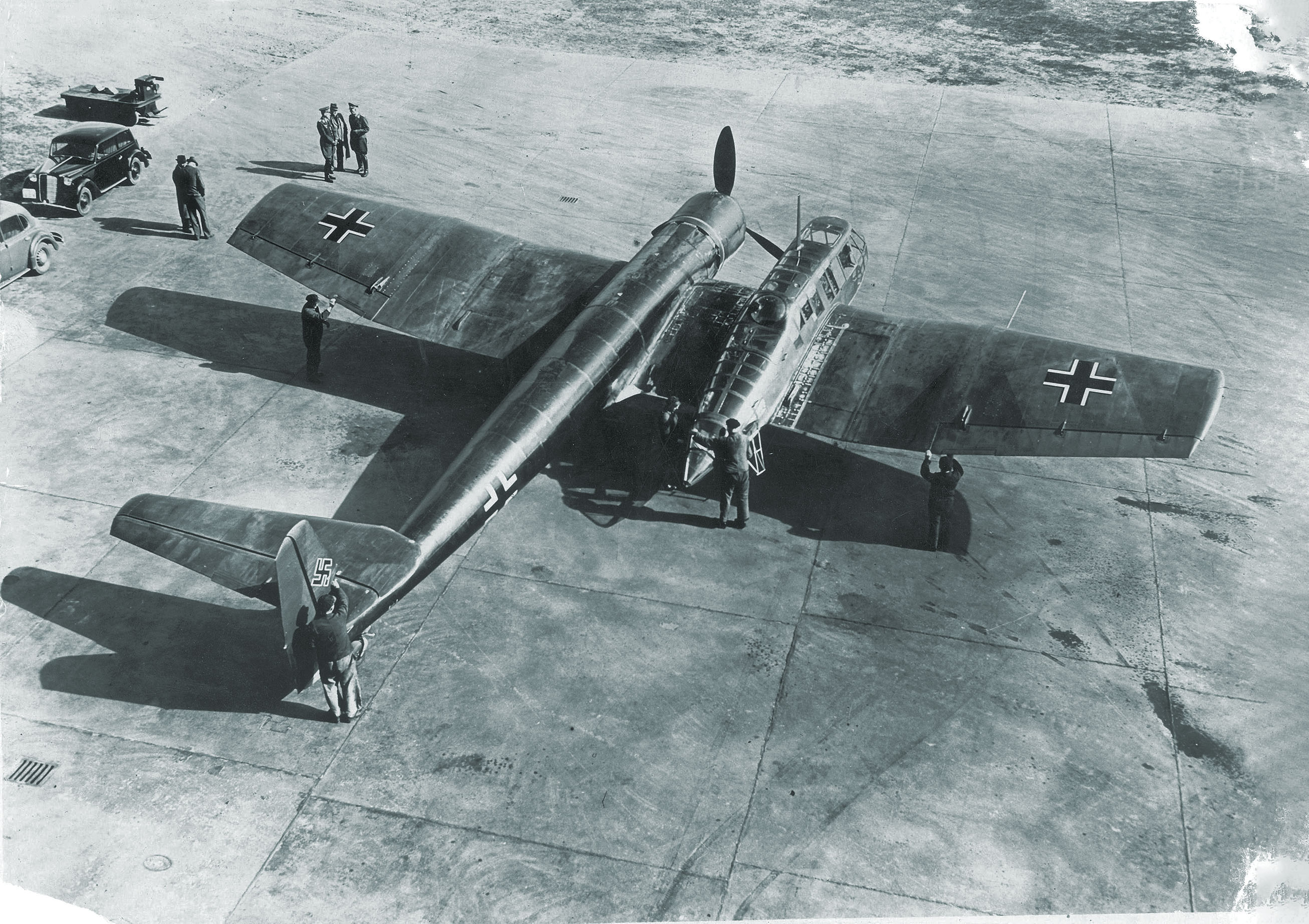
Designed by Dr. Richard Vogt, the Blohm & Voss BV 141B was a reconnaissance plane that sought a wider view through asymmetry, with the fuselage and engine lying alongside the crew’s nacelle. Taking to the air in 1938, it flew better than anyone in the Luftwaffe expected—or really wished—but only 28 were built by 1942. (Bundesarchiv) (Bundesarchiv) 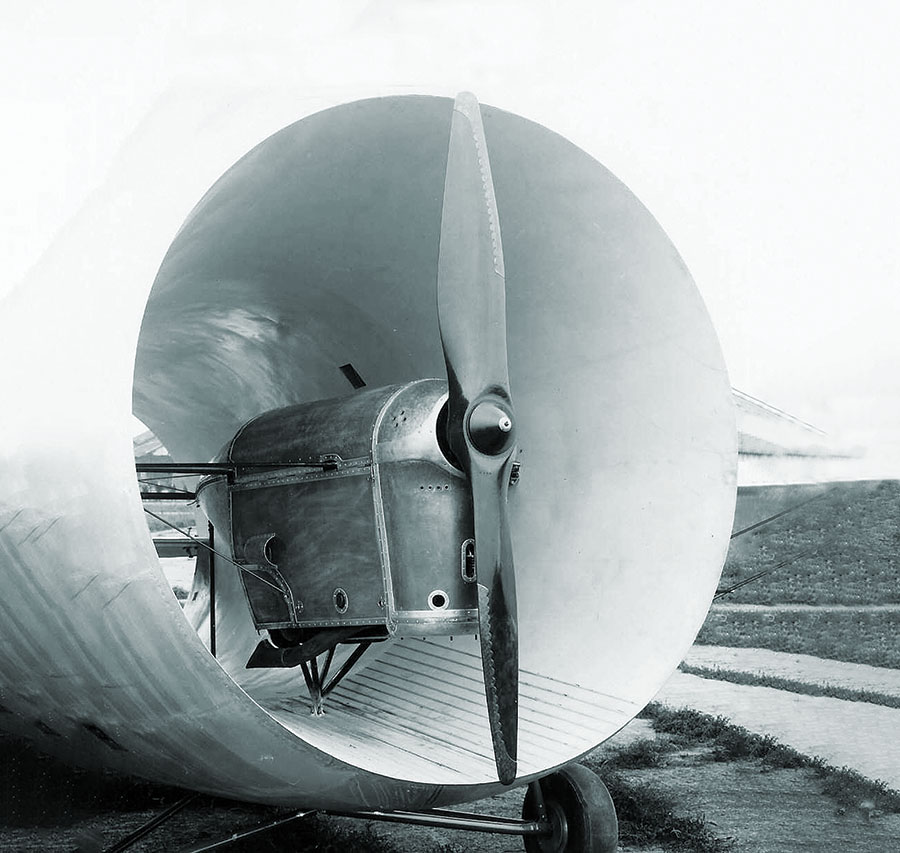
In the Stipa-Caproni designer Luigi Stipa placed engine and propeller within a fuselage that amounted to a ducted fan. First flying on Oct. 7, 1932, the “flying barrel” was extremely stable but did not show enough improvement in performance to warrant further development. (AV8 Collection) (AV8 Collection) 
A French VTOL attempt, the SNECMA C.450 Coléoptère (beetle) surrounded its pilot and turbojet engine within an annular wing. It first flew in December 1958, but crashed on July 25, 1959, badly injuring its pilot. O The Hiller X-18 Propelloplane was another attempt at a tilt-wing VTOL cargo plane. Conceived in 1955, it first flew in 1959, but propeller pitch problems resulting in near-disaster led to its grounding in 1961. (Alamy) (Alamy) 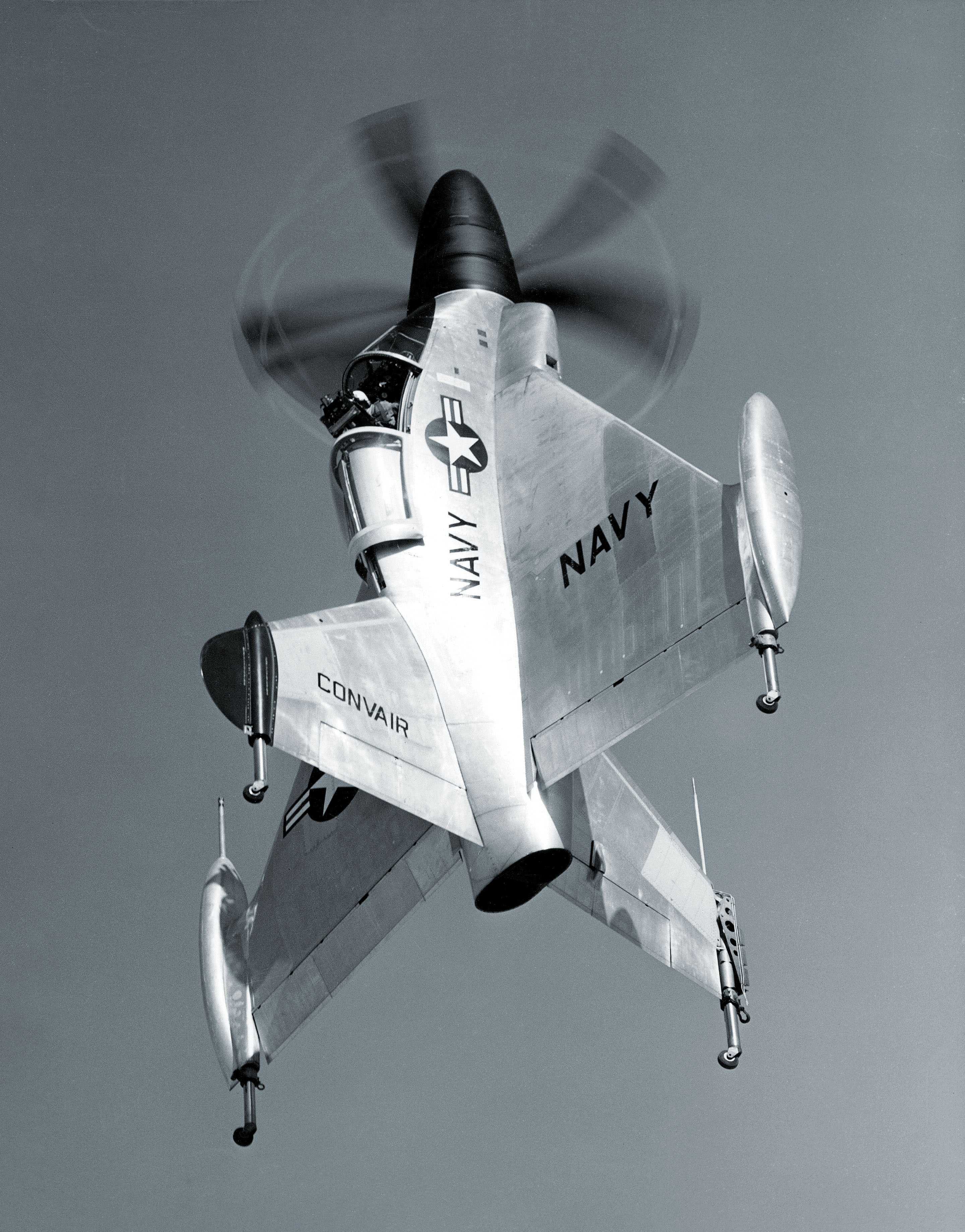
Convair’s sole vertical takeoff XFY-1 “Pogo,” which first flew on Aug. 1, 1954, featured a 7,100-shp Allison XT40-A-14 turboprop engine driving contrarotating propellers. Sixty hours of test flying demonstrated only an expert pilot could land the plane while awkwardly looking over his shoulder. On Aug. 1, 1955, the Navy declared the project concluded. (San Diego Air & Space Museum) (San Diego Air & Space Museum)
Thus it was perhaps inevitable that both factors—basic airframe and payload—could inspire deviant and even grotesque designs that in retrospect left posterity scratching its head. These examples represent but a fraction of the eccentric aircraft initially perceived as game changers only to fall by the wayside of advances in military aviation.
“What were the designers thinking?” one might ponder. Often the answer was war—or at least a Cold War—during which the quest for a military edge prompted air forces to give any promising proposal a whirl. The failure of many such experimental designs was no doubt attended by that universal excuse, “It seemed like a good idea at the time.” MH

